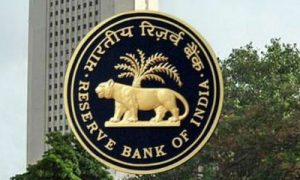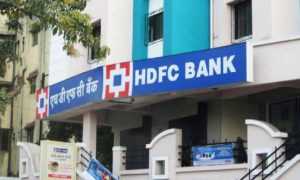Shrugging off its inability to trim the repo — due to high inflation — Reserve Bank of India (RBI) on Thursday announced several measures to push growth and lower interest rates in the system. It said it would lend Rs 1 lakh crore of one-year and three-year money to banks at the repo rate 5.15% so they would have durable funds at a softer rate.
The central bank also gave them a six-month CRR-break on new home, auto and MSME loans, again bringing down their cost of funds. “We believe the RBI has managed to deliver implicit easing without actually cutting the policy rate,” Sonal Varma, economist at Nomura, wrote, pointing the primary macro challenge has been transmission via the credit channel.
Not surprisingly, short-term bonds rallied with the yields falling by about 15 basis points. A general softening of yields, across the curve, is expected as is a spillover to the short-term corporate bond markets. The outcome-linked intervention in the form of a CRR break, for incremental loans, rather than an outright cut in the reserve ratio, was welcomed.
In a push for growth, the RBI sought to lower loan rate for MSMEs by asking banks to peg interest rates to this segment to an external benchmark much like it is for other loans. In addition, it sought to free up capital for lenders by extending the forbearance on asset-classification on their MSME portfolios till December 2020.
Also, banks need not downgrade the classification of commercial real estate assets, where the project has been delayed for reasons beyond the promoter’s control, for another year.
Stocks soared as investors believe fresh loans in the auto, housing and MSME segments would get a fillip as banks pass on the gains from the lower cost of funds to borrowers.
PK Gupta, MD, State Bank of India (SBI), said it was possible his bank could lend around Rs 40,000-50,000 crore to these segments. Other bankers noted that yields on loans to MSMEs were relatively high and could be lowered now thanks to the twin benefits from restructuring and the CRR-exemption. However, given the shortage of creditworthy customers banks might not rush to lend.
The central bank has lowered India GDP growth forecast to 5.5-6% for H1 2020-21 from 5.9-6.3%; for Q3, growth is now pegged at a better 6.2%. “We expect the recovery in FY21 to be a shade softer than RBI, at just under 6%,” Pranjul Bhandari, economist at HSBC, wrote.
RBI governor Shaktikanta Das observed the RBI “recognises that there is policy space available for future action”. While the outlook for inflation “is highly uncertain at this juncture”, economic activity is yet to “gain traction in a more broad-based manner”, the governor said.
Das said that while headline inflation had risen to multi-year highs —7.35% — the rise in prices was expected to taper off by end 2020. Inflation is expected to ease slowly and projected to come in at 3.2% in Q3FY21.
The MPC noted that there is a need for adjustment in interest rates on small saving schemes but said the external benchmark system introduced from October 1, 2019 has strengthened monetary transmission. A14-day term repo at a variable rate would serve as the main liquidity management tool while the daily fixed repo rate and the four 14-day term repos, every fortnight would be withdrawn.
That might make it harder for banks since they will still need to maintain a minimum 90% of the prescribed CRR on a daily basis. However, the RBI has assured the markets it would support liquidity through a suite of products when necessary.
































